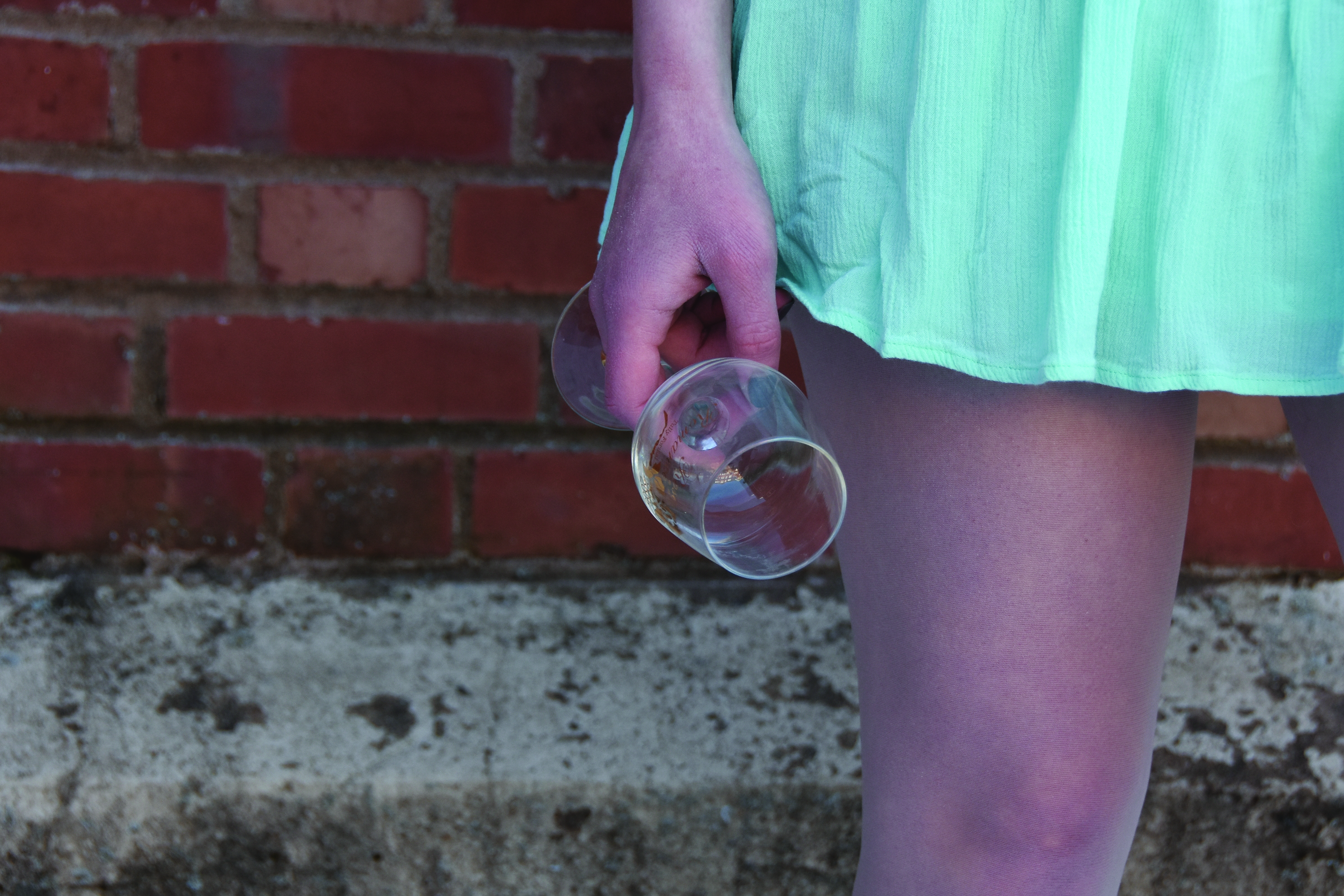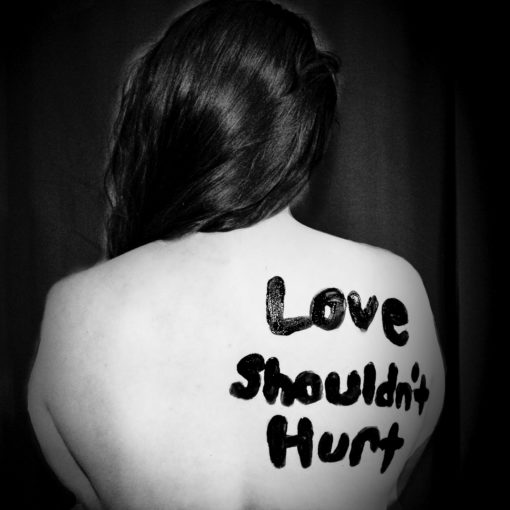Girls’ Night Out is a crisis of conscience and representation. Directed by independent filmmakers Phyllis Ellis and Donald Brittain, Girls Night Out is a sensationalist 44 minute misdirection in ethical and just reporting. Although not explicitly named, the documentary takes place at an unknown regional Nova Scotian university during what is known as “homecoming”, a celebration of returning students and alumni from past graduating years, and where there is an explicit feeling of merriment and university pride.
Published and produced as a CBC Firsthand report, the documentary goes to great lengths to create a climate of epidemic where drinking amongst female youth has reached a level wherein sexual violence, crime, and bodily destruction is a common result. The basic premise of the documentary has merit. Binge-drinking and a drinking culture that normalizes getting black-out drunk is something worth assessing, but it is not the female-centered catastrphe it is presented to be.
Alcohol consumption is certainly an issue amongst individuals from a variety of backgrounds, regardless of sex, creed, nationality, or any other identifiable social situation. That being said, one of the most glaring oversights in the documentary is the absence of the discussion of males. Leah McLaren, in her article “CBC’s “Girls Night Out” Is a Patronizing, Fact-adverse Travesty” says that “Heavy drinking in Canada is marginally up, but young women are certainly not the culprits … It’s the middle-aged moms and dads, sitting in their renovated kitchens cracking a second bottle of wine … who are truly cause for concern.” The documentary may intend to have a focus on girls and young women, but it fails to acknowledge the instances of male binge drinking and other contributions of males to the university drinking culture depicted. By presenting this as a female-only issue, the documentary not only reinforces rigid gender binaries, but also the idea that young women are to blame for university binge drinking cultures.
The documentary also examines the experiences of a select group of women who have had traumatic and negative experiences with the alcohol, but does so in a way of almost hyper-trivializing their experiences to a standard that is normative of a regular Western drinking culture. In the eyes of the producers, these women are the norm: young women drink and are therefore at the risk of death and bodily danger. The film does an exceptional job of sensationalizing but also invalidating the claims of these women, some of whom are victims of serious substance abuse issues and have made extended efforts to move past them.
Another major error in the documentary is the generalising way in which women are portrayed. This presentation assumes all women to have the same experiences, opinions, feelings and values. Sweeping claims are made that blatantly support damaging female stereotypes. There is mention of how girls who supposedly dress up do so just to look good for males, all while competing and comparing with other girls. According to another source, girls skip meals and make themselves puke after the bar, not from overindulgence, but because girls are always worrying about their weight. Although the young women do voice these views, one can’t help but wonder why the film-makers asked them questions about this in the first place. How does the discussion of supposed inter-female competition relate to what the film is supposed to speak to? By including this, the documentary is aiding to perpetuate misogynistic thinking and gender role stereotypes that negatively impact females. Not to mention that the filmmakers sought out personal anecdotes only to demonize the students who offered their own experiences, opinions, and struggles with alcohol in a way that was likely not anticipated.
Another instance of essentializing is that of the ‘typical’ experience of university students in relation to drinking and partying habits. Statements about binge drinking like “it’s what everyone’s doing every weekend” and “I drink just to get drunk, and I think that’s what most people do” is presenting the experience of only some students at university. The documentary takes personal and anecdotal evidence, presents it as universalizing fact, and then accompanies such shots with inapplicable statistics.
Furthermore, the documentary focuses heavily on a relationship between alcohol and sexual assault. Flashing across the screen is bold text stating “Alcohol is involved in 9/10 rape cases on college campuses”. Not only is this an American statistic, but it is misleading viewers to come to the conclusion that rape is a consequence of alcohol, and not because of rapists. A mere 20 seconds is dedicated to discussing rape culture and the wider societal and systemic issues that lead to sexual assault. One important claim is made that rape prevention should include teaching boys not to rape as opposed to teaching girls to not get raped. This is far from the tone of the rest of the documentary which seems to carry a tone of victim-blaming. One of the women featured discusses waking up in jail after having her drink drugged at a bar. The issue of the person who drugged her drink was glazed over, and instead the woman fights back tears as she talks about the cop who told her she had only herself to blame because of where and with whom she spent her time drinking.
A question posed by a prominent source asks: “Why do women not listen when we tell them that drinking is bad for them?” A better question would be, why do we feel the need to police and blame individual women for the harm inflicted upon them while drinking instead of criticizing and attempting to change the wider attitude towards alcohol and the drinking culture in North America?






“By including this, the documentary is aiding to perpetuate misogynistic thinking and gender role stereotypes that negatively impact females.”
Come on this is the new craze nowadays. You people seem to be speaking a sociological language so use some sociology and statistical evidence to back up this claim! This is lazy sociology, I’d like to call this the butterfly effect.
“A butterfly flaps its wings in Brazil and it helps perpetuates misogynistic thinking and gender role stereotypes that negatively impact females in Canada.”
What is the standard that you are assessing something for doing all that stuff you just said? I see none.
these girls are not victims bruh
The authors of this article seem to be biased in defending his/her friends. The girls in the video made comments about their own drinking habits and seem to regret their decision of speaking so openly to a camera. No words were put into their mouths. They made the choice to be candid about how they compete for boys attention, how alcohol gives them a right to not claiming responsibility for their actions, and the diet modifications they make to drink. CBC made the documentary “Girls Night Out” to focus on women drinking, not men, which is why there is not a focus on male University students drinking. The point was to bring attention to the new drinking culture in young females and the negative effects that culture may hold. The filmmakers asked questions about how the girls see their own drinking culture and were given responses to that. We are all upset that Acadia was portrayed in the way it was. That was due to the film crew and the students who participated in the filming. To say that it was only CBC’s responsibility to paint our community positively is just naive. Our student representatives and the rest of us have that job.
My contribution to this piece was to criticize the producer’s tactics in gaining their information for their documentary, the way that they thereby presented this information, and ultimately the somewhat sleazy journalistic ethics that they utilized in creating this film. My contribution to the article was not as a sociologist, which I will quickly profess I am not, but as someone who attempts to keep a keen eye out for shady journalistic practices.
The juxtaposition of the women who have serious alcohol issues to those who like a few drinks on the weekend was erroneous and quite a serious reach, and proved to paint a bad picture of those who contributed as a part of the Acadia University community. Also, the statistics used in the film were all, except in one instance, sourced from American health groups, who hold lesser relevance in Canada than they do in the United States. This lessens their accuracy and general relevancy in the film, too.
Coupled with the current Health Canada statistics, one would notice that binge and heavy drinking rates among young females in Canada are steadily on the decline, and that the true rise in binge and heavy drinking in Canada is among the ageing “baby boomer” and middle-age demographics. Sometimes you just need to crack that second bottle of wine after dinner.
All in all, I still believe that the tactics used in producing this film were shady and misleading to those who contributed. Were they inflammatory and malicious? Probably not. But they were in fact sensationalist and at least partially unfair to a group of women who were likely not fully aware of the media plot that they were getting themselves into.
I agree with Haskett and Hutchinson’s take in this article. This television program sensationalizes an issue for audience ratings. It depicts carefully cast overly attractive stylized and sexualized fashion model types of women throughout. Leah McLaren’s Globe and Mail write up that this article mentions highlights how this show manipulates facts to sledge hammer its flawed point of view. Using American facts and statistics that do not hold true for Canadian alcohol use. Thank you for pointing that out. The Globe and Mail’s television critic also finds the premise of the program suspect. Read here: http://bit.ly/1V4ya2w
While some of the interviews with real students are compelling it would appear that Director Phyllis Ellis, the Producers, and the CBC felt they could not leave well enough alone and had to juice up their “Girls’ Night Out” show with a sea of glam scenes of catwalk fashion dressed, theatrical, and overly sexually done up young women throughout. Far from a truthful and honest reflection of most 20 something women such as myself and friends. This also misrepresents the program’s subjects.
This television show plays like a too long winded pop music video, short on depth, light and pseudo journalistic, instead of a real and honest documentary about issues.